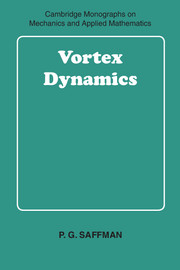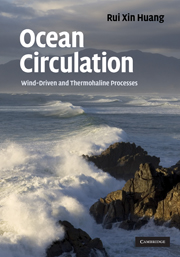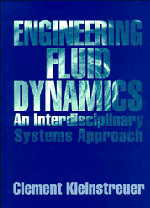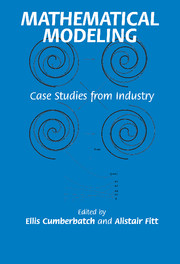Refine search
Actions for selected content:
5487 results in Thermal-fluids engineering
Overview of the Book
-
- Book:
- Unsteady Combustor Physics
- Published online:
- 05 October 2012
- Print publication:
- 27 August 2012, pp xvii-xx
-
- Chapter
- Export citation
Index
-
- Book:
- Unsteady Combustor Physics
- Published online:
- 05 October 2012
- Print publication:
- 27 August 2012, pp 401-405
-
- Chapter
- Export citation
8 - Ignition
-
- Book:
- Unsteady Combustor Physics
- Published online:
- 05 October 2012
- Print publication:
- 27 August 2012, pp 225-246
-
- Chapter
- Export citation
Summary Contents
-
- Book:
- Unsteady Combustor Physics
- Published online:
- 05 October 2012
- Print publication:
- 27 August 2012, pp v-vi
-
- Chapter
- Export citation
4 - Hydrodynamic Flow Stability II: Common Combustor Flow Fields
-
- Book:
- Unsteady Combustor Physics
- Published online:
- 05 October 2012
- Print publication:
- 27 August 2012, pp 72-123
-
- Chapter
- Export citation
2 - Decomposition and Evolution of Disturbances
-
- Book:
- Unsteady Combustor Physics
- Published online:
- 05 October 2012
- Print publication:
- 27 August 2012, pp 17-49
-
- Chapter
- Export citation
9 - Internal Flame Processes
-
- Book:
- Unsteady Combustor Physics
- Published online:
- 05 October 2012
- Print publication:
- 27 August 2012, pp 247-292
-
- Chapter
- Export citation
12 - Forced Response II – Heat Release Dynamics
-
- Book:
- Unsteady Combustor Physics
- Published online:
- 05 October 2012
- Print publication:
- 27 August 2012, pp 364-400
-
- Chapter
- Export citation
Frontmatter
-
- Book:
- Unsteady Combustor Physics
- Published online:
- 05 October 2012
- Print publication:
- 27 August 2012, pp i-iv
-
- Chapter
- Export citation
1 - Overview and Basic Equations
-
- Book:
- Unsteady Combustor Physics
- Published online:
- 05 October 2012
- Print publication:
- 27 August 2012, pp 1-16
-
- Chapter
- Export citation
Introduction
-
- Book:
- Unsteady Combustor Physics
- Published online:
- 05 October 2012
- Print publication:
- 27 August 2012, pp xiii-xvi
-
- Chapter
- Export citation
11 - Forced Response I – Flamelet Dynamics
-
- Book:
- Unsteady Combustor Physics
- Published online:
- 05 October 2012
- Print publication:
- 27 August 2012, pp 317-363
-
- Chapter
- Export citation
Solutions
-
- Book:
- Unsteady Combustor Physics
- Published online:
- 05 October 2012
- Print publication:
- 27 August 2012, pp 406-453
-
- Chapter
- Export citation
7 - Flame–Flow Interactions
-
- Book:
- Unsteady Combustor Physics
- Published online:
- 05 October 2012
- Print publication:
- 27 August 2012, pp 199-224
-
- Chapter
- Export citation
5 - Acoustic Wave Propagation I – Basic Concepts
-
- Book:
- Unsteady Combustor Physics
- Published online:
- 05 October 2012
- Print publication:
- 27 August 2012, pp 124-153
-
- Chapter
- Export citation

Vortex Dynamics
-
- Published online:
- 05 August 2012
- Print publication:
- 29 January 1993

Fluid Dynamics and Transport of Droplets and Sprays
-
- Published online:
- 05 June 2012
- Print publication:
- 11 January 2010

Ocean Circulation
- Wind-Driven and Thermohaline Processes
-
- Published online:
- 05 June 2012
- Print publication:
- 26 November 2009

Engineering Fluid Dynamics
- An Interdisciplinary Systems Approach
-
- Published online:
- 05 June 2012
- Print publication:
- 28 February 1997

Mathematical Modeling
- Case Studies from Industry
-
- Published online:
- 05 June 2012
- Print publication:
- 01 October 2001
